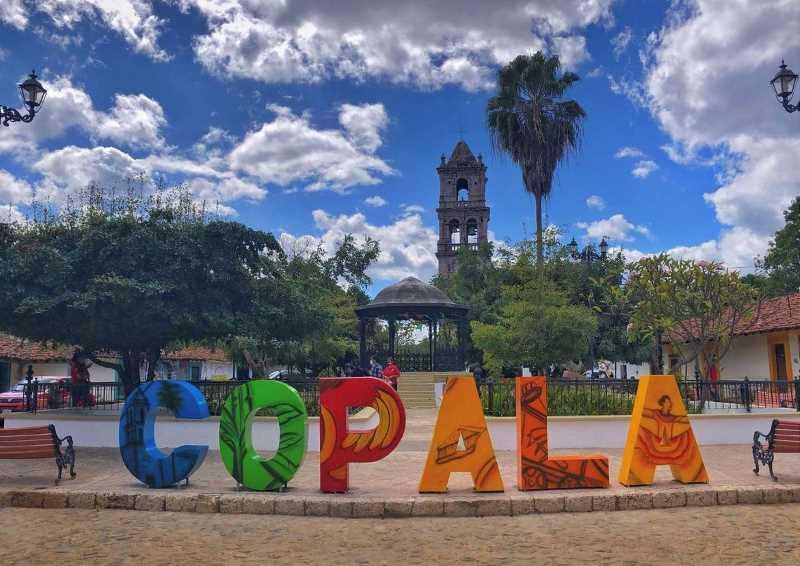The Spirited Revival of Copala, Sinaloa's Historic Town
Explore the rich history and hopeful future of Copala, in Mexico. Learn about its cultural heritage, culinary traditions, ongoing infrastructural developments, and the potential revival of its vibrant tourism industry.

Imagine, if you will, a town with the allure of antiquity, where every corner whispers untold tales and history permeates the very air you breathe. This is Copala, the "Pueblo Señorial" (Noble Town), a once thriving tourist center nestled in the rich cultural landscape of Sinaloa, Mexico. Today, we delve into the past, present, and hopeful future of this historic town.
In its heyday, Copala was a destination, home to at least three bustling restaurants and two welcoming hostels. This was largely thanks to the town's proximity to Mazatlan, a significant tourism hub. Copala served as a delightful diversion, offering tourists an alternative experience to the bustling port city.




